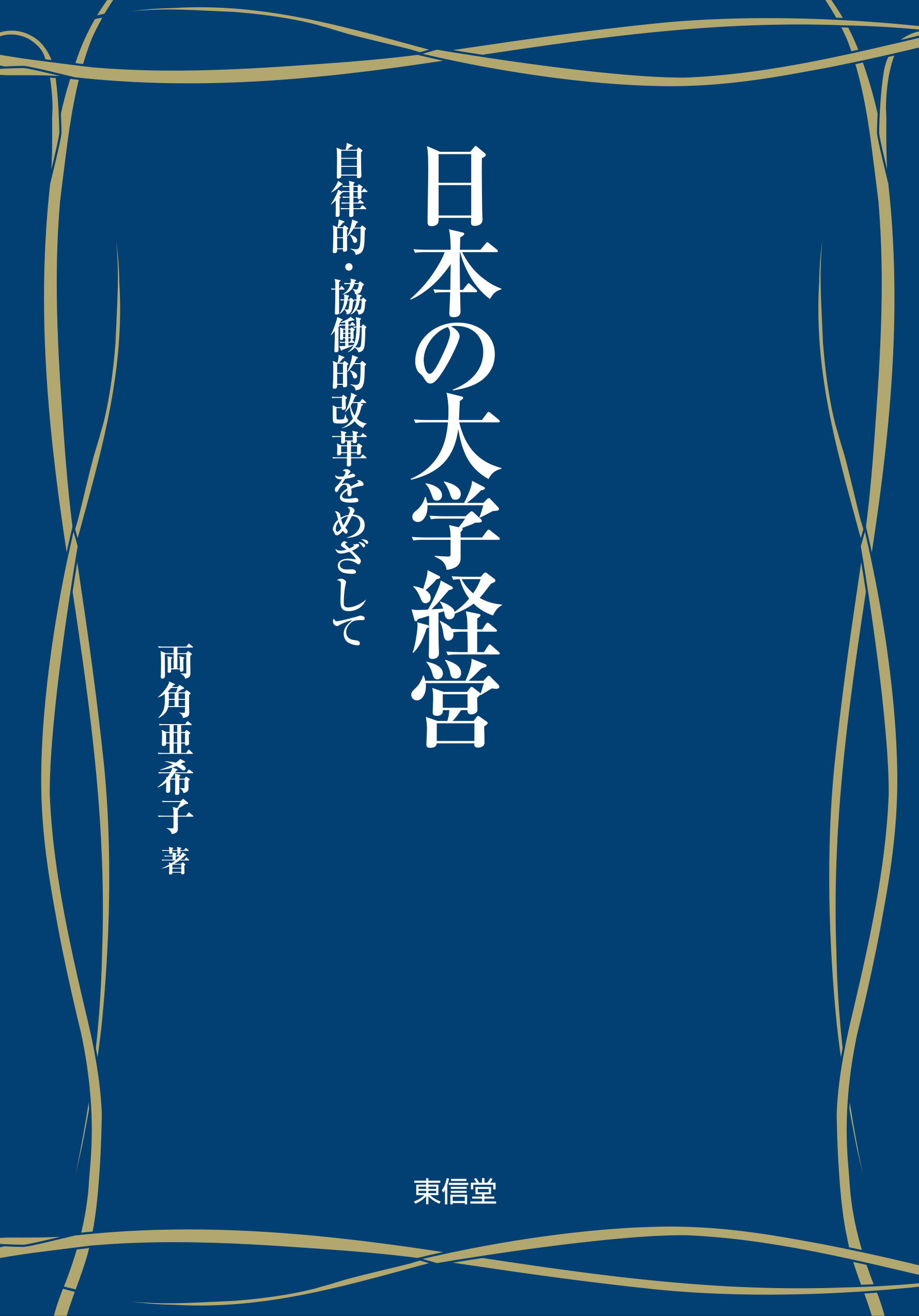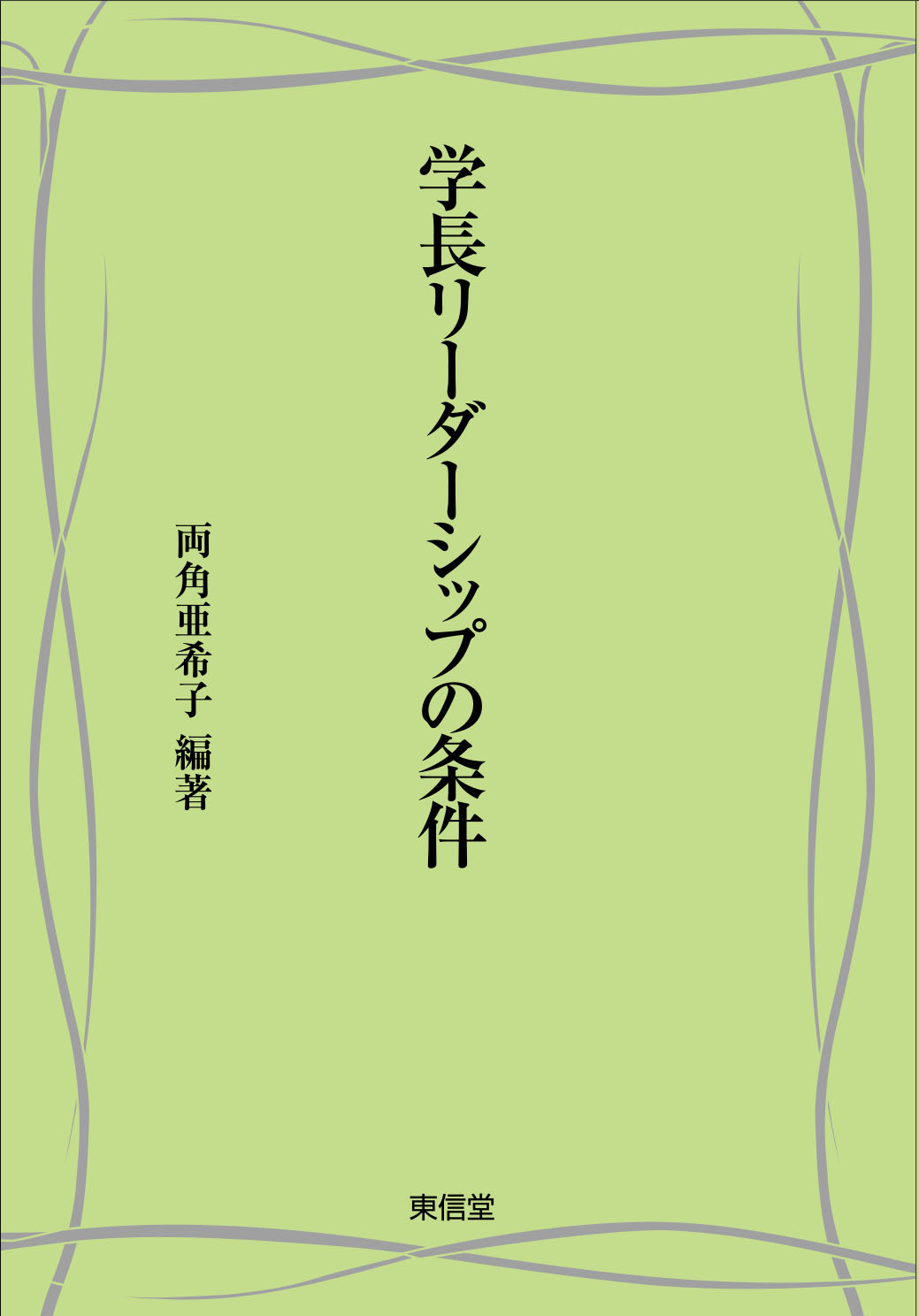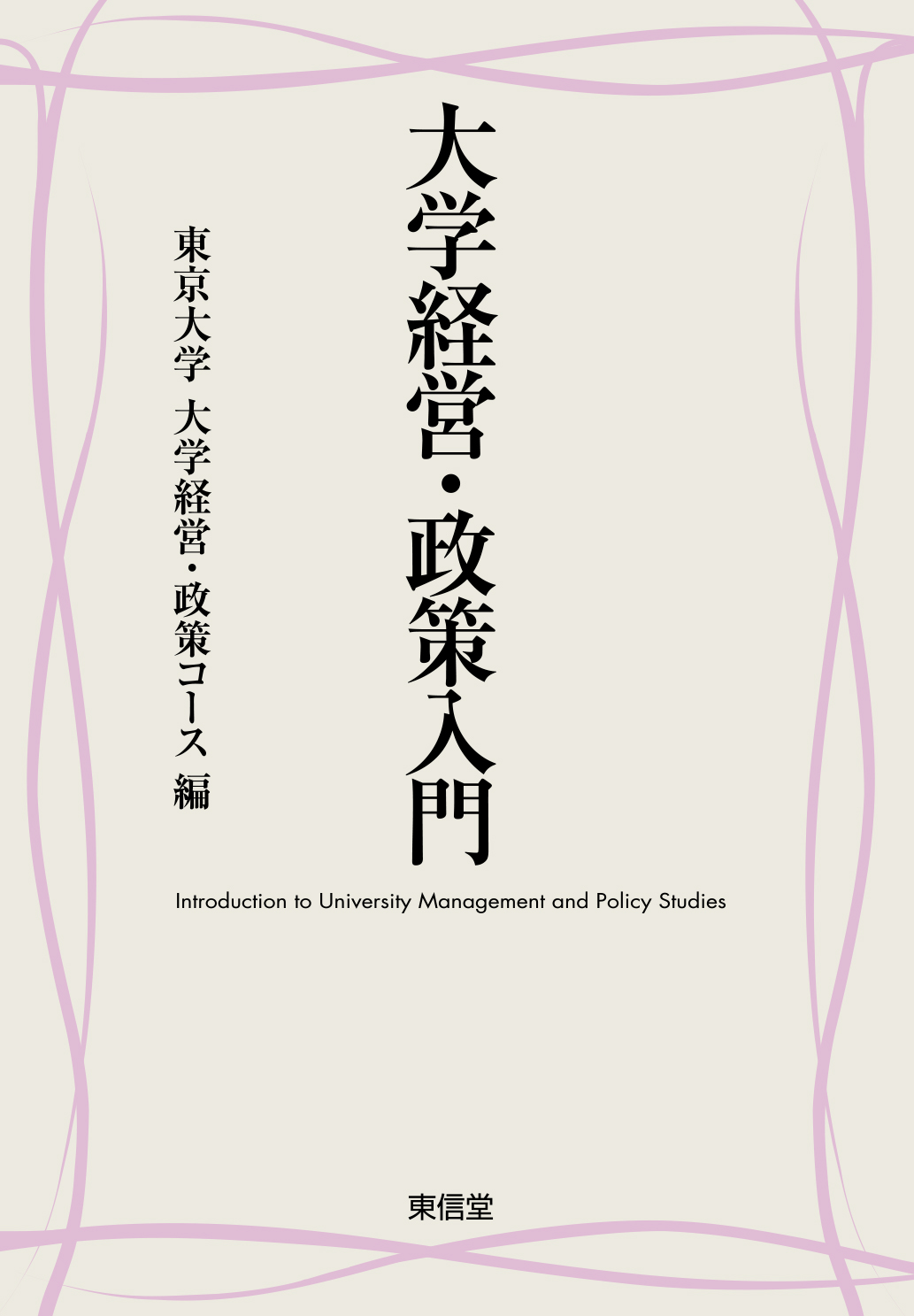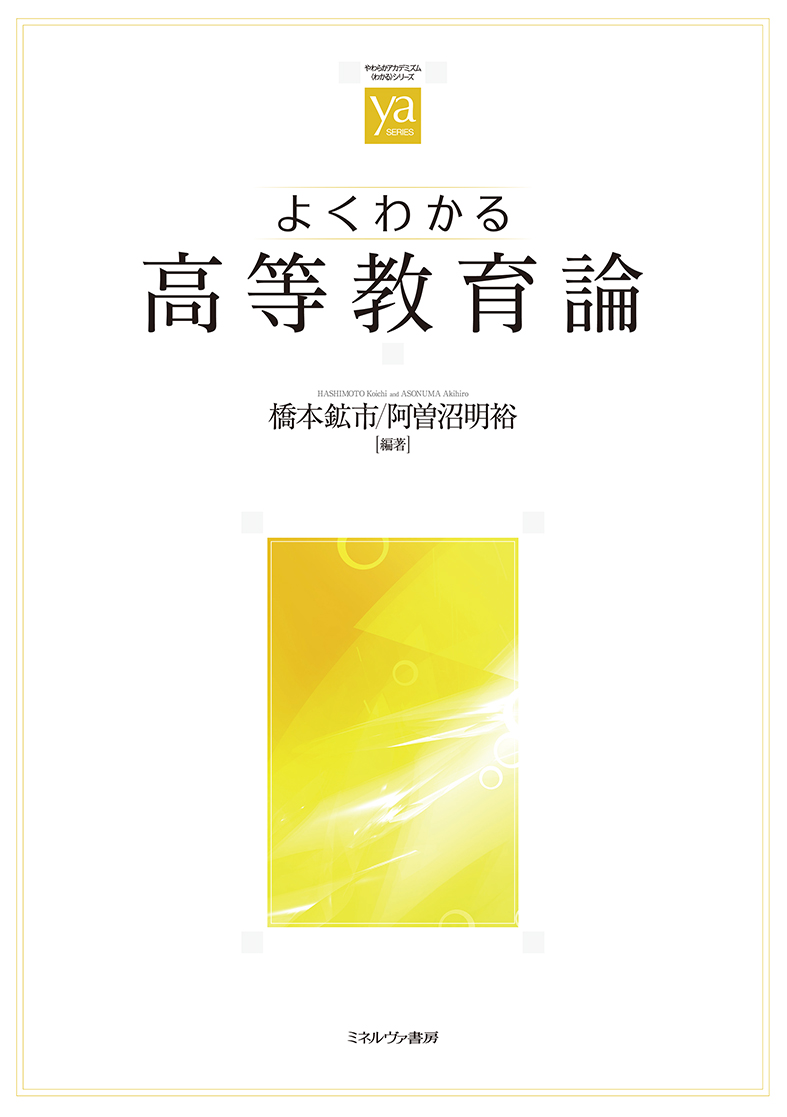
Title
Nihon no daigaku keiei (Japanese university administration - Aiming for autonomous and collaborative reform)
Size
424 pages, A5 format, hardcover
Language
Japanese
Released
July 20, 2020
ISBN
978-4-7989-1639-2
Published by
TOSHINDO
Book Info
See Book Availability at Library
Japanese Page
The circumstances surrounding university administration in Japan have become severe. Against the backdrop of a declining population of 18-year-olds, an aging society, and a sluggish economy, public spending on universities in Japan has also stagnated. In such an enervated society, Japanese universities are expected to not only foster and produce human resources who actively play a role in society, they are also expected to serve as centers of knowledge and contribute to solving the myriad challenges facing society by collaborating with other institutions. Japanese universities must therefore consider how they, as organizations, can meet these demands.
Reform of universities in Japan has been continuing for almost 30 years. Various institutional reforms, including governance reform, have been carried out, and there is a sense that not only senior university administrators’ awareness and actions but also those of faculty members are changing significantly. Nevertheless, the view that universities are still not making enough of an effort to change is still deep-rooted. Pressure for reform from the outside is growing stronger even as universities today seem to be suffering from fatigue and losing their autonomy and independence. This book seeks to convey the message that instead of reform imposed from the outside, internal autonomous reform by university administrators and faculty members itself is critical. The approach should be the central philosophy of university administration.
This academic book consists of five parts, 18 chapters, and 403 pages. It covers a wide range of themes related to university administration, including the changing environment surrounding Japanese universities in Part 1, their increasingly severe financial situation in Part 2, their strategic management in Part 3, governance in Part 4, and faculty members’ awareness and roles in Part 5. University administration is similar to corporate management in many respects but also differ in needing to incorporate many different, distinctive perspectives. A university organization is composed of a number of sub-organizations such as faculty groups and administrative and personnel groups, and the sub-organizations vary greatly in their values and culture. While respecting each group’s autonomy, diversity of values, and multilayered complexity in their activities, university administrators must integrate all the groups as a whole and have them work together to find optimal solutions. Reflecting the wide range of knowledge that university administrators must have, this book also touches on a wide range of subjects.
Although many accounts of experiences of Japanese university administrators such as university presidents have been published, there is a lack of published academic research on university administration in Japan. As a researcher in this field, the author first conducted many interviews with universities to deeply understand the varied and complex university administration environments. Although the entirety of the qualitative research findings could not be included in this book due to space limitations, this book summarizes hypotheses derived from numerous interviews and emphasizes an objective data-based approach whenever possible. To promote university reform, recent policies have focused on governance reform (reforming the authority structure). From her findings, the author argues that what is more important is establishing management environments and practices. Toward this end, human resource development is critical.
This book is a compilation of articles the author has written over the past decade, with some revised and updated. Each article stands alone. Rather than read the book from beginning to end, readers can peruse the chapters that interest them first.
(Written by MOROZUMI Akiko, Associate Professor, Graduate School of Education / 2021)



 Find a book
Find a book




